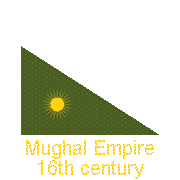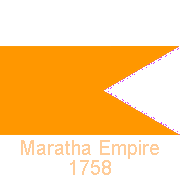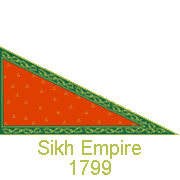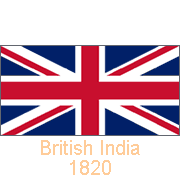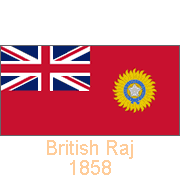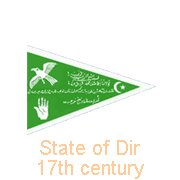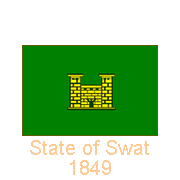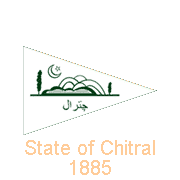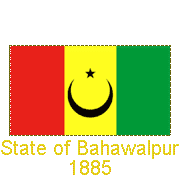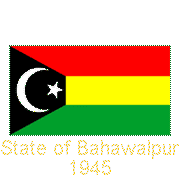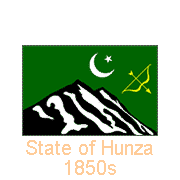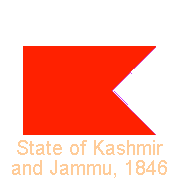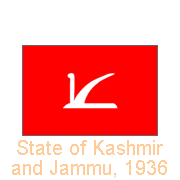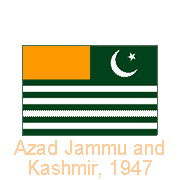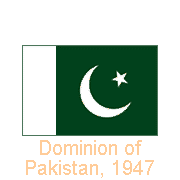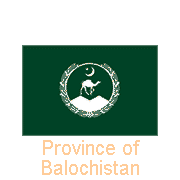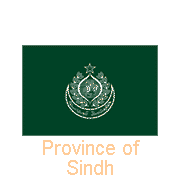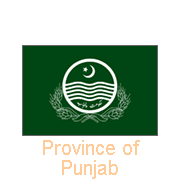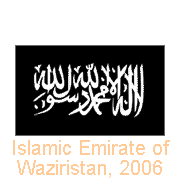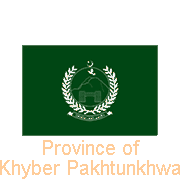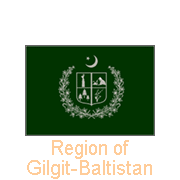Flags from Pakistan
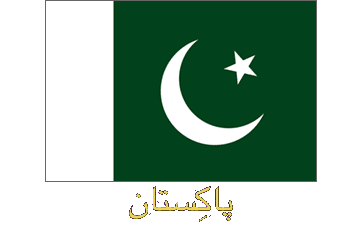
A Flag history of Pakistan
The National Flag of the Dominion (and, since 1956, the Islamic Republic) of Pakistan was adopted on 11 August 1947, three days before Independence. The flag is dark green, with a white crescent and star, symbolising Islam and a white bar at the hoist representing the minorities. The crescent also represents progress, and the five-pointed star stands for light and knowledge. It was designed by Quaid-i-Azam Muhammad Ali Jinnah, the founder of Pakistan. The flag was based on the flag of the All-India Muslim League, a political party, established in 1906, that strongly advocated a separate Muslim-majority nation. It was like the present national flag, green with a white crescent and star, but without the white bar.
you may then send it as a postcard if you wish.
Various rulers and empires had dominated present-day Pakistan: from the 16th century until 1947, the Mughal, Durrani (or Afghan), Maratha, Sikh and British Empires. There were also small independent states that became the “Princely States”, sovereign but subject to British India’s suzerainty during the British Raj era. Some examples are Bahawalpur in Punjab, Chitral, Dir, and Swat near the Afghan border, Hunza in the far north and Kashmir and Jammu in the west. The latter was divided as the outcome of a war between India and Pakistan, just after Independence. Presently Azad (= “free”) Kashmir, Gilgit and Baltistan are under Pakistani authority.
The separate status of all Princely States was abolished in 1969, and Pakistan now is subdivided into four self-governing provinces: Balochistan, Sindh, Punjab and Khyber Pakhtunkhwa. The latter was until 2010 named “North-West Frontier Province”, and there was a separate region, the “Federally Administered Tribal Areas” along the Afghan border, until abolished in 2018. in 2006 a Taliban and al-Qaeda unofficial “Islamic Emirate” was set up in North Waziristan, in the southwestern corner of that region; it may still survive.
Azad Kashmir and Gilgit-Baltistan (until 1970, the “Northern Areas”) were not made into a province. It was part of Kashmir, and it was felt that this could prevent settling the issue of who administers the whole of the territory. But it now seems likely Gilgit-Baltistan will obtain provincial status; it already is a province in all but name. The various flags, past and present, are displayed here.


